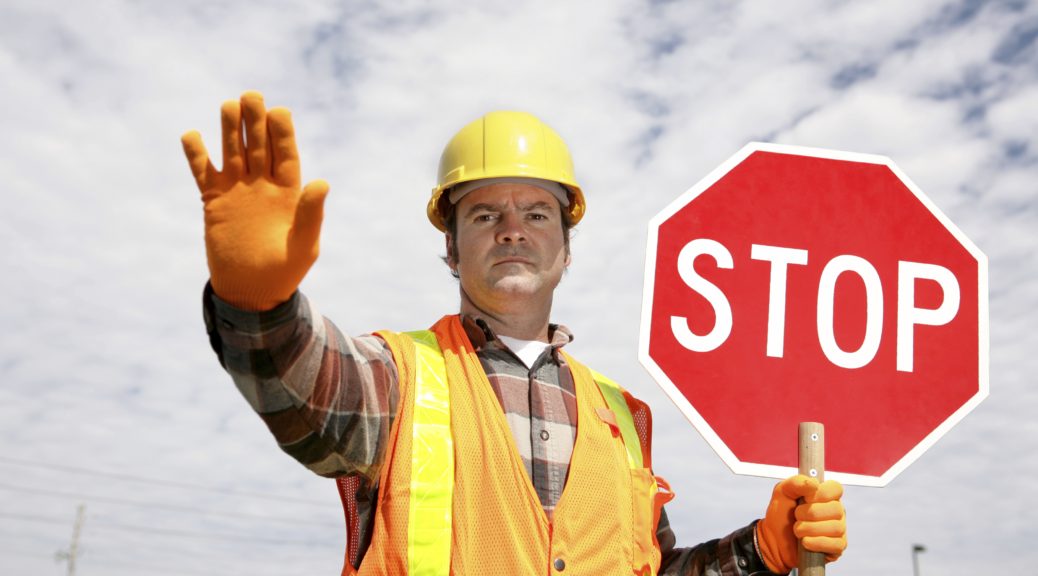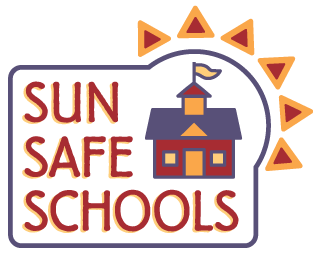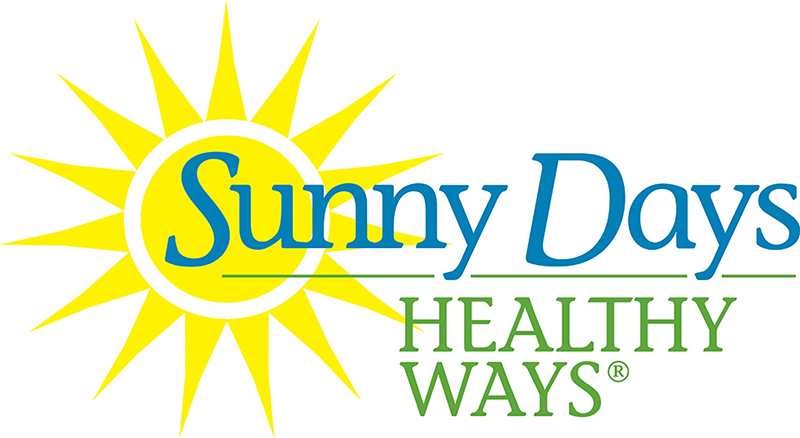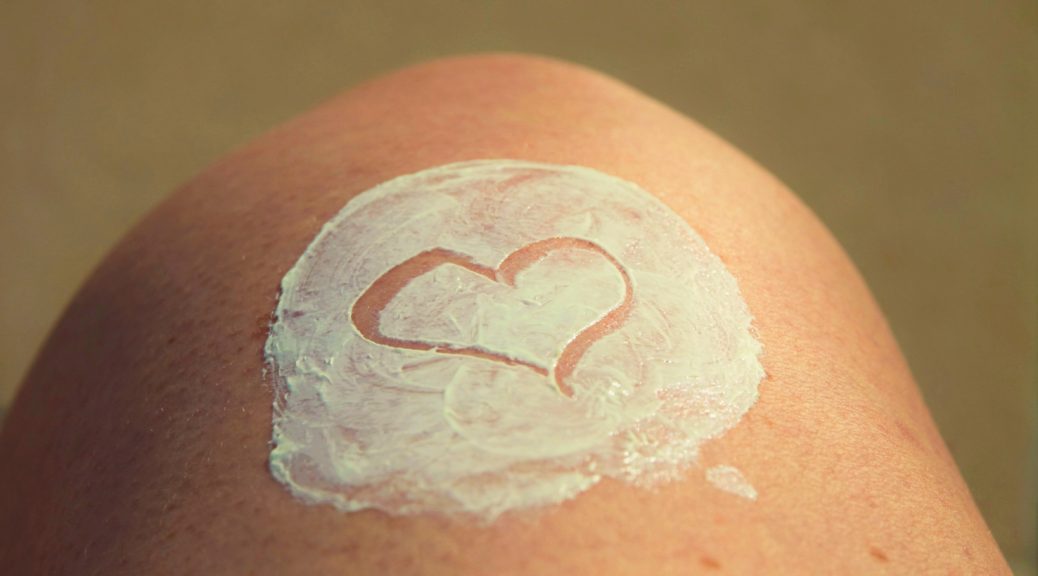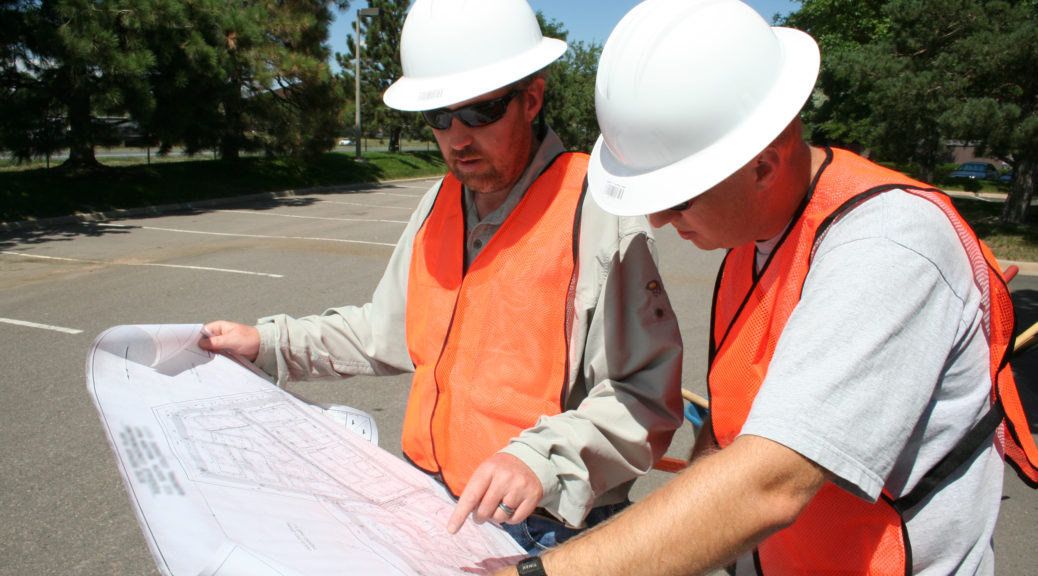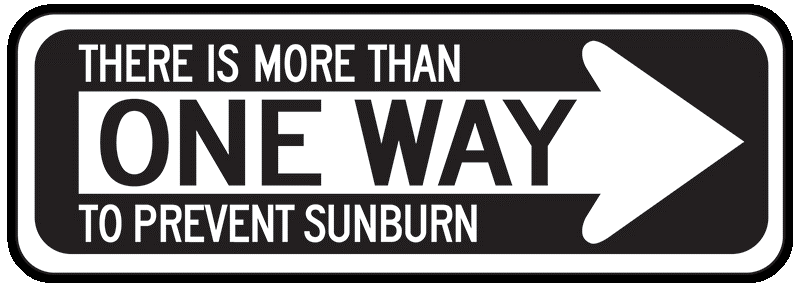Implementation of Occupational Sun Safety at a 2-Year Follow-Up in a Randomized Trial
The American Academy of Dermatology acknowledges that outdoor workers receive more UV radiation exposure and are at a higher risk for skin cancer than other workers.1 In a recent article e-published in the American Journal of Health Promotion, KB’s Dr. David Buller, Dr. Barbara Walkosz, and Mary Buller, along with multiple collaborators, evaluated the implementation of sun protection policies two years after the initial intervention, called Sun Safe Workplaces (SSW), in cities, counties, and special districts in Colorado with workers in public works, public safety, and parks and recreation. Authors were also interested in whether or not the organizational characteristics had an effect on the implementation of the sun safety policies.
In the original 24-month long study, 98 government organizations in Colorado were enrolled in 2010 and 2011 and half were randomly selected to receive the SSW intervention, where the primary outcome was adoption of a sun protection policy. Each of the organizations’ written workplace policies were assessed and senior managers completed surveys before and after the intervention. In 2015 and 2016, two years after the intervention was completed, the organizations were contacted for a second follow-up and 63 of the original 98 agreed to participate. Self-administered surveys were given to frontline supervisors and employees who worked outdoors by key contact managers. Project staff visited each organization to conduct semi structured interviews with key managers and complete an audit of the workplace for sun protection messages and items.
Implementation of sun protection policies was measured in three ways: 1) inspection of the workplace for sun protection messages and personal sun protection items, such as shade structures or sunscreen; 2) reports from frontline supervisors on whether the organization communicated with employees about sun safety, had unwritten standard operating procedures on sun safety, or provided personal sun protection equipment for employees, such as wide-brimmed hats, sunscreen, long-sleeved shirts, long pants, etc.; and 3) reports from employees on whether they had received any training on sun safety at the workplace or sun safety communication from the organization or a coworker.
Results showed that two years after the initial intervention, sun protection messages and sun protection items were used more often in organizations that were originally part of the intervention group compared to the control group. Survey responses from frontline supervisors at intervention organizations also showed more communication about sun protection to employees, more standard operating procedures on sun safety and more free/reduced cost sunscreen than those from control organizations. Sun protection training and sun safety communication from coworkers and the employer was higher in intervention organizations when compared to control organizations. Additionally, organizations with a sun protection policy implemented more sun safety actions (communication about sun safety and provided personal sun protection equipment) than organizations without a policy.
The authors conclude that the SSW intervention appeared to increase local government organizations’ sun safety actions over time. Authors state that formal policies on sun protection and training together appear to be an important part of occupational sun protection efforts. A full description of the methods, results, conclusions, and limitations of this study can be found in the publication in the American Journal of Health Promotion.
This research was funded by the National Cancer Institute (CA187191; Dr. David Buller and Dr. Barbara Walkosz, Principal Investigators). Collaborators/coauthors include Mary Buller from Klein Buendel, Dr. Allan Wallis from the University of Colorado Denver, Dr. Peter Andersen from San Diego State University, Dr. Michael Scott from Mikonics, Inc., Dr. Richard Meenan from Kaiser Permanente’s Center for Health Research, and Dr. Gary Cutter from the University of Alabama at Birmingham.
Reference
- Outdoor workers and skin cancer. Safety+Health. September 23, 2018. Available at: https://www.safetyandhealthmagazine.com/articles/17480-outdoor-workers-and-skin-cancer. Accessed January 14, 2019.
